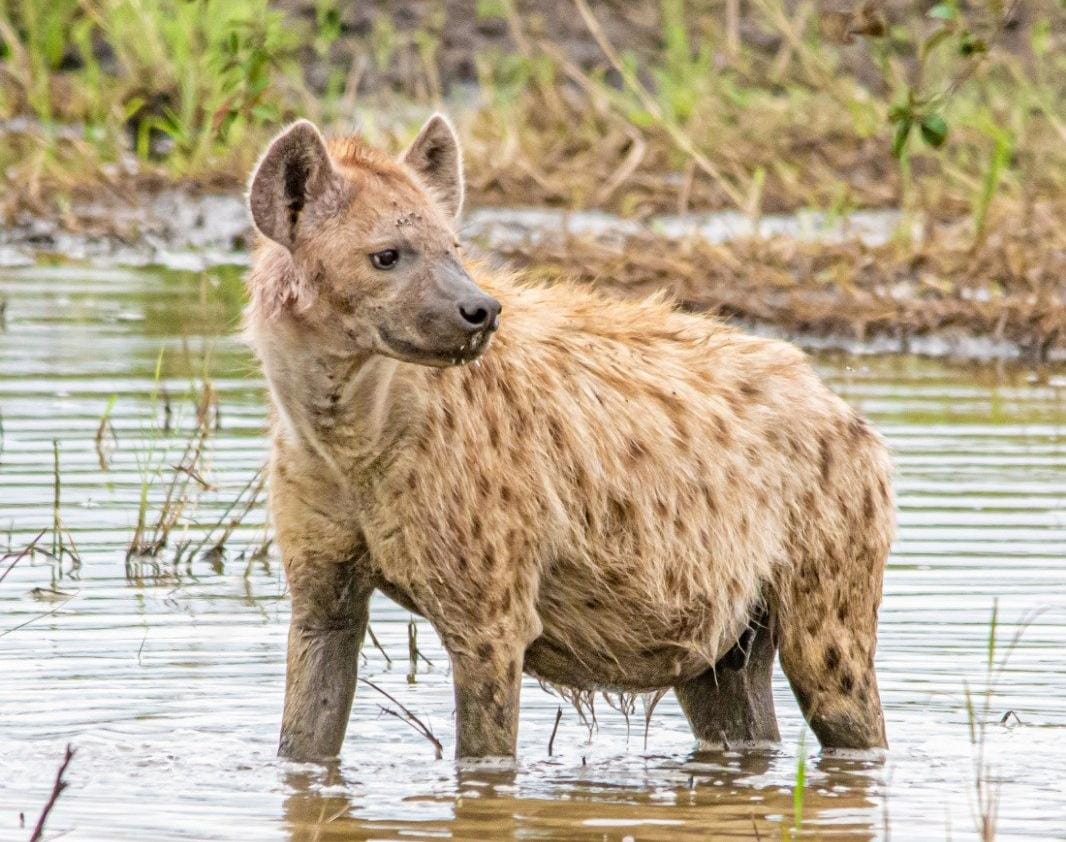Kenya Wildlife Services (KWS) has revealed why cases of hyena attacks have recently increased in Nairobi and adjacent estates.
In a statement dated February 6, KWS revealed that a section of the Nairobi National Park is not fenced and hyenas have capitalised on that to sneak out.
According to KWS, the unfenced part is on the migratory route which is used by many wild animals looking for food and hyenas being part of them have found alternative means leading to human-wildlife conflicts.
Following the discovery, KWS called on residents to be more vigilant to avoid further attacks.
"Meanwhile, KWS is calling upon area residents to be vigilant since the southern part of Nairobi National Park is not fenced, and is a wildlife migratory corridor," KWS noted.
Read More
The statement came after the Problem Animal Management Unit (PAMU) discovered remains of a human body believed to have been devoured by the hyenas.
"Regrettably, another (PAMU) team left on the ground discovered the partial remains of a human being at the scene, which were then retrieved by Kenya Police. The remains have since been confirmed and family members contacted," KWS stated.
The team also rushed two other individuals including a student from Multimedia University who was attacked by the hyena at the Ole Kasasi area in Rongai, Kajiado County.
The attack triggered unrest and protests which were staged by Multimedia University students on Tuesday, February 6.
To avert more attacks, KWS called for a crisis meeting and deployed a specialised team of officers along the unfenced part of the Nairobi National Park.
"The PAMU team will remain on standby until all hyenas in Ole Kasasi are driven back into the park to enhance the protection of members," KWS pledged.
So far, the team has managed to put down one hyena which was roaming freely in the area causing fear.






